So what makes us think that we can even do what we want to with this project? A few points of consideration:
- We don't really know what we're looking for. We're hoping to get some type of signal and then back-correlate it with fruit ripeness. And ripening is a complex process: we know that ethylene is the main gas released by many fruits as they ripen, but there are likely many other gases released as well. For example, Hirano et al used sensors similar to ours to monitor popcorn cooking and waffle cooking:
![]()
- Our sensors are cheap. Taguchi gas sensors are like $1.50 shipped from China. Typically the cheaper your sensor is, the less specific it is.
- Taguchi sensors generally work the same way: oxygen from the air adsorbs on to the surface of a tin dioxide semiconductor and causes its resistance to increase. When the heated sensor comes in contact with a combustible gas, the gas and the oxygen react, removing the oxygen from the sensor surface and decreasing the sensor's resistance. It might say it's an alcohol sensor, but by its nature it can't help but sense other combustible gases (which should cover most hydrocarbons).
- Even if ethylene were our only gas of interest, it's really similar to ethane, which in turn is really similar to methane and propane.
Despite how prevalent the Taguchi gas sensors are, there's actually a lot that goes in to getting good data from them and you don't see many projects covering those details.
So what you'll find here is less of hardware hacking and more process hacking: how to move beyond a basic breathalyzer or air quality project and start to get good data from these sensors.
 Craig
Craig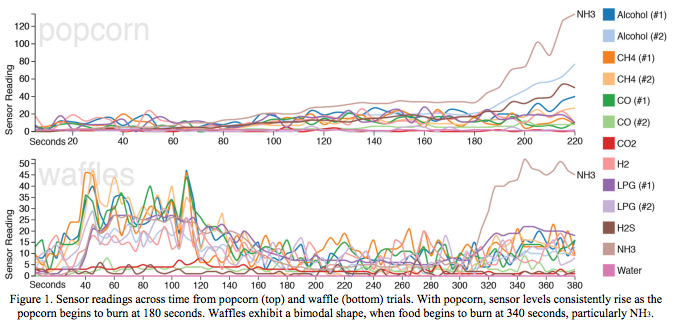
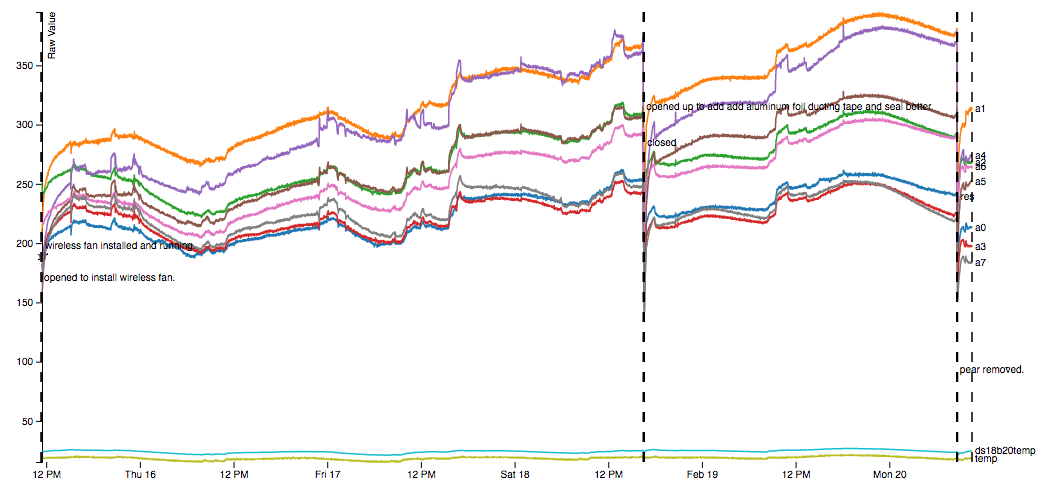
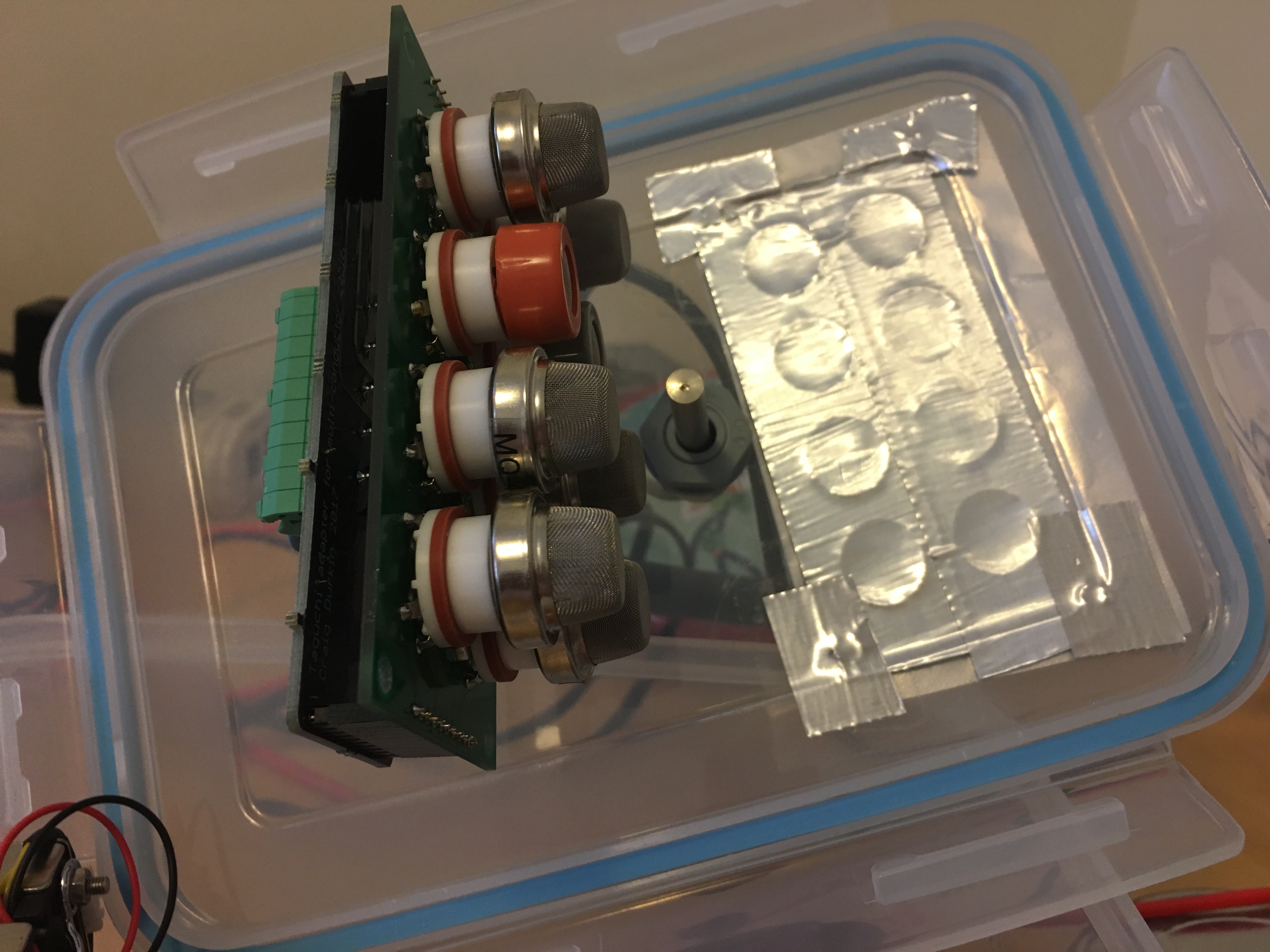
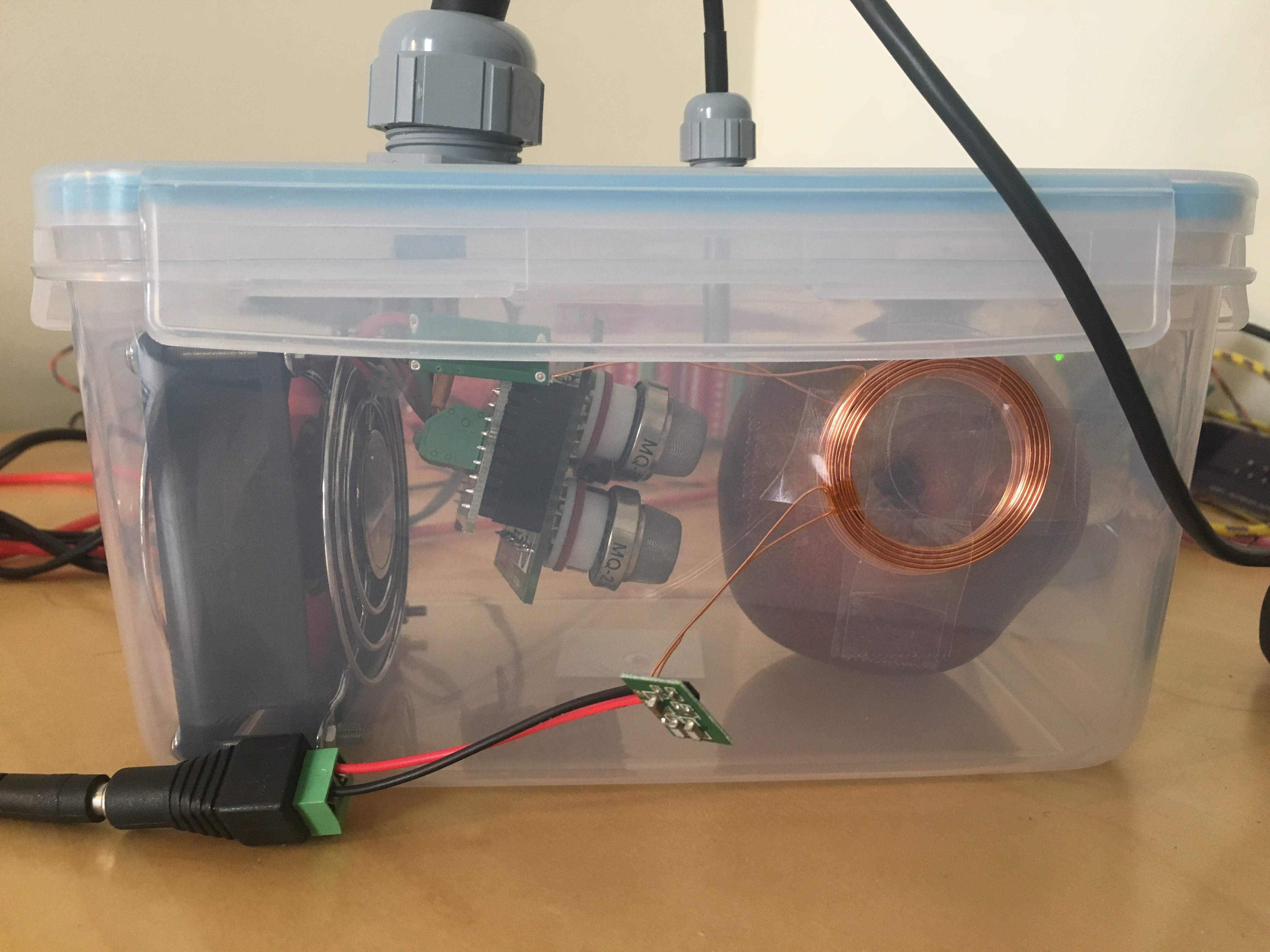
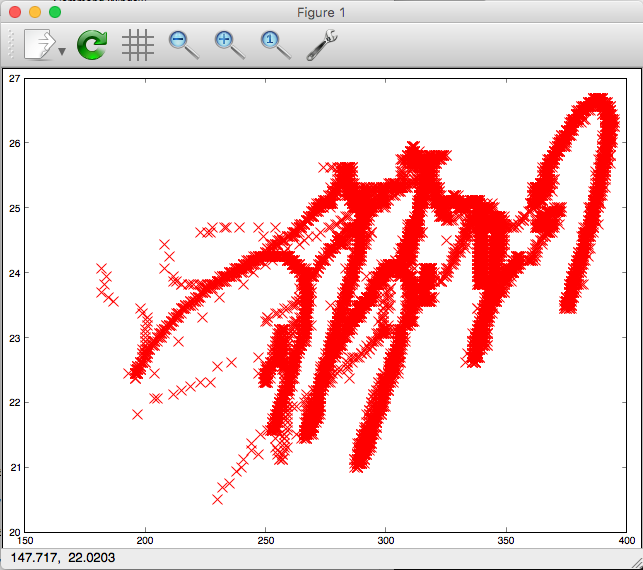
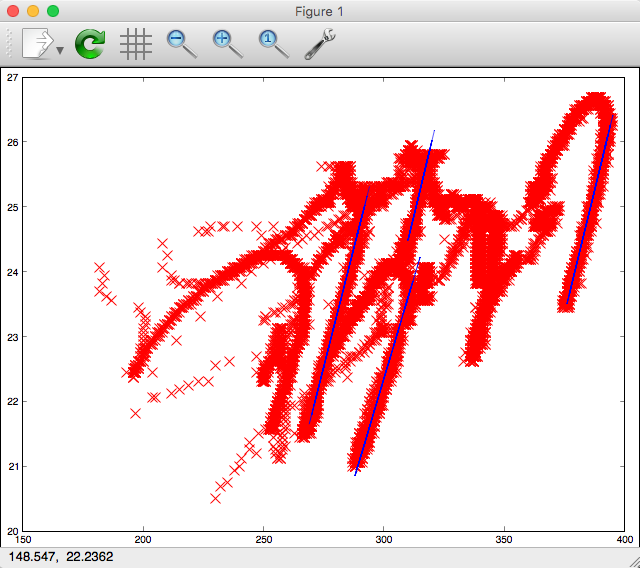

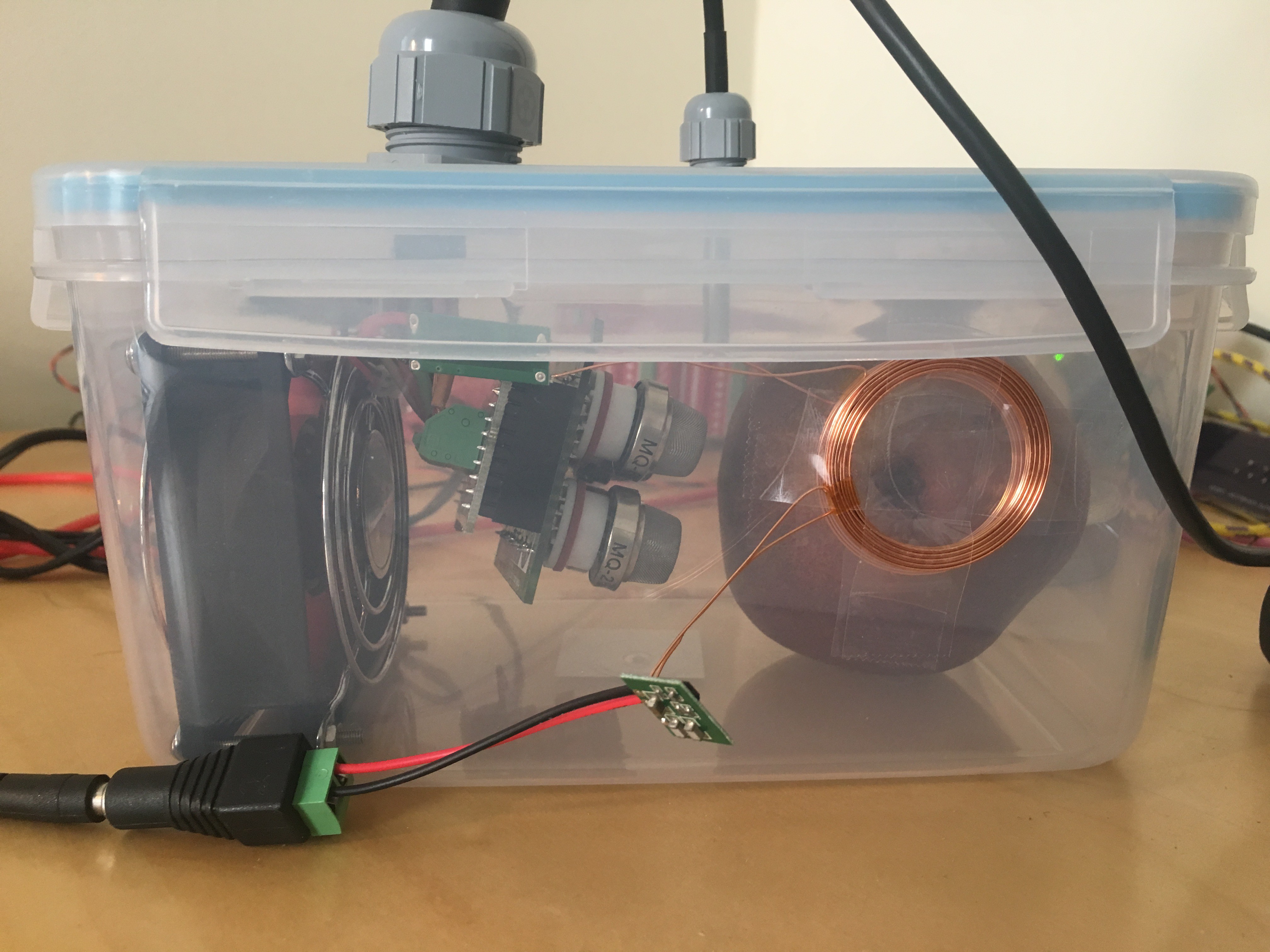
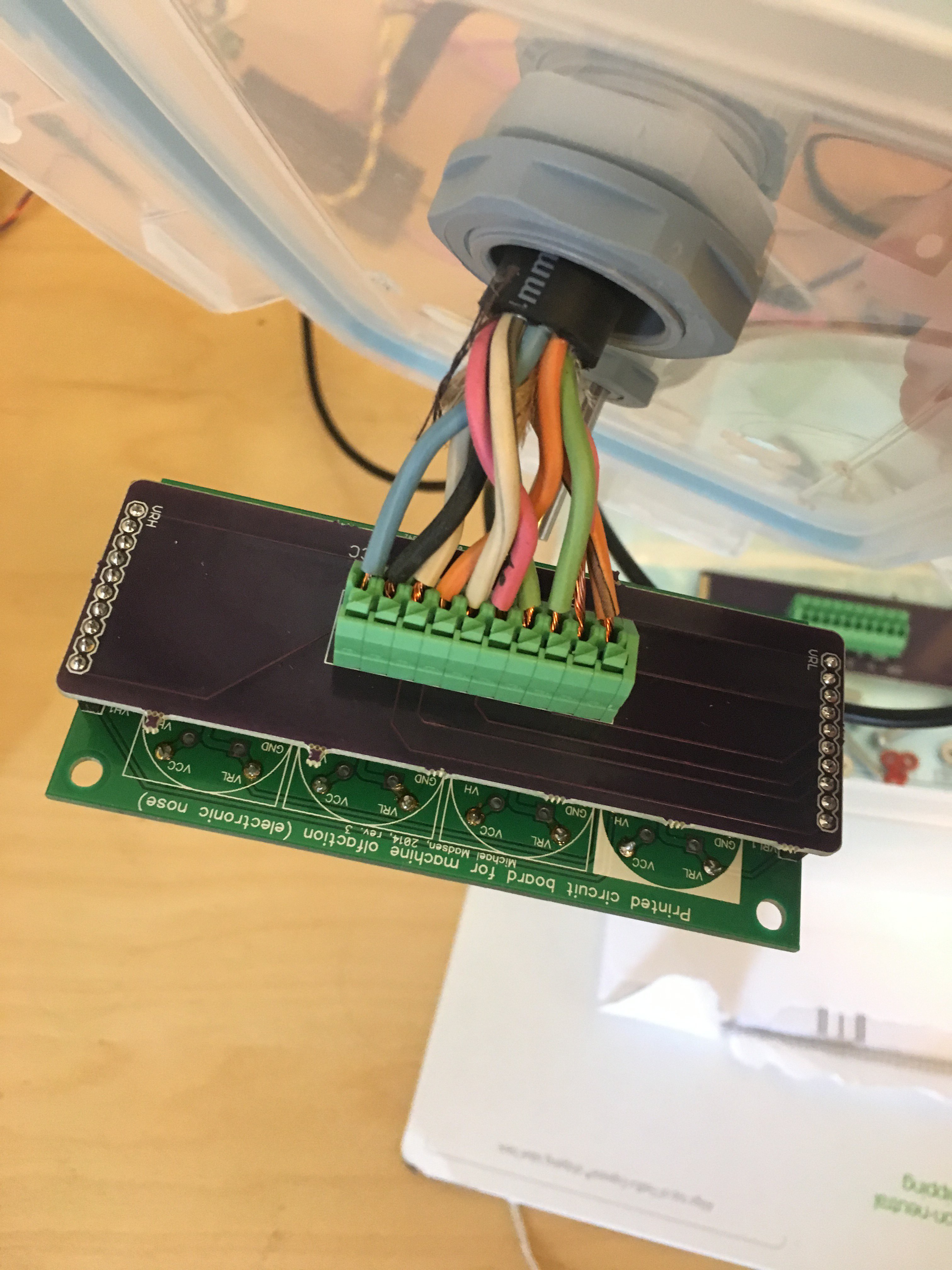
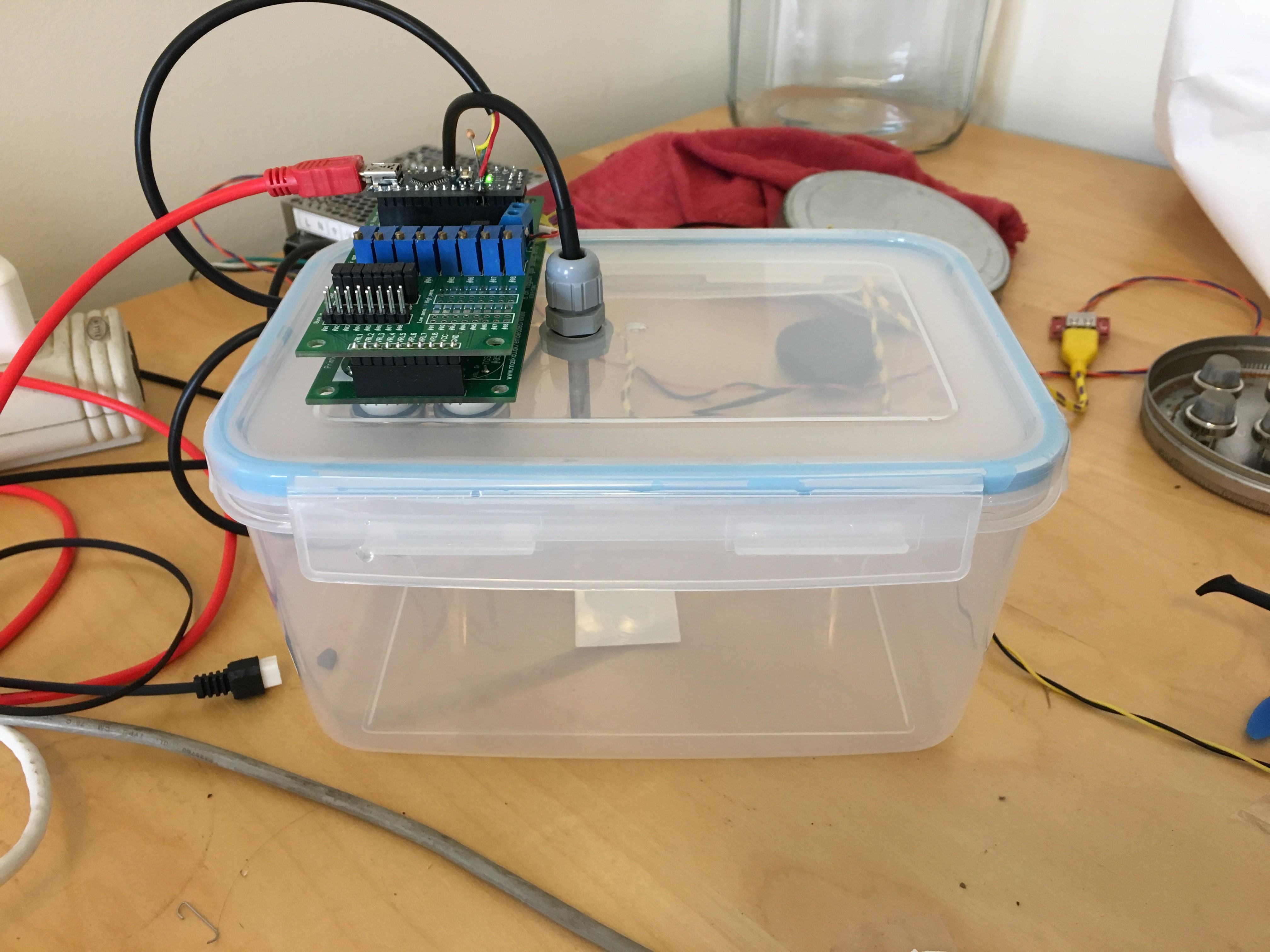
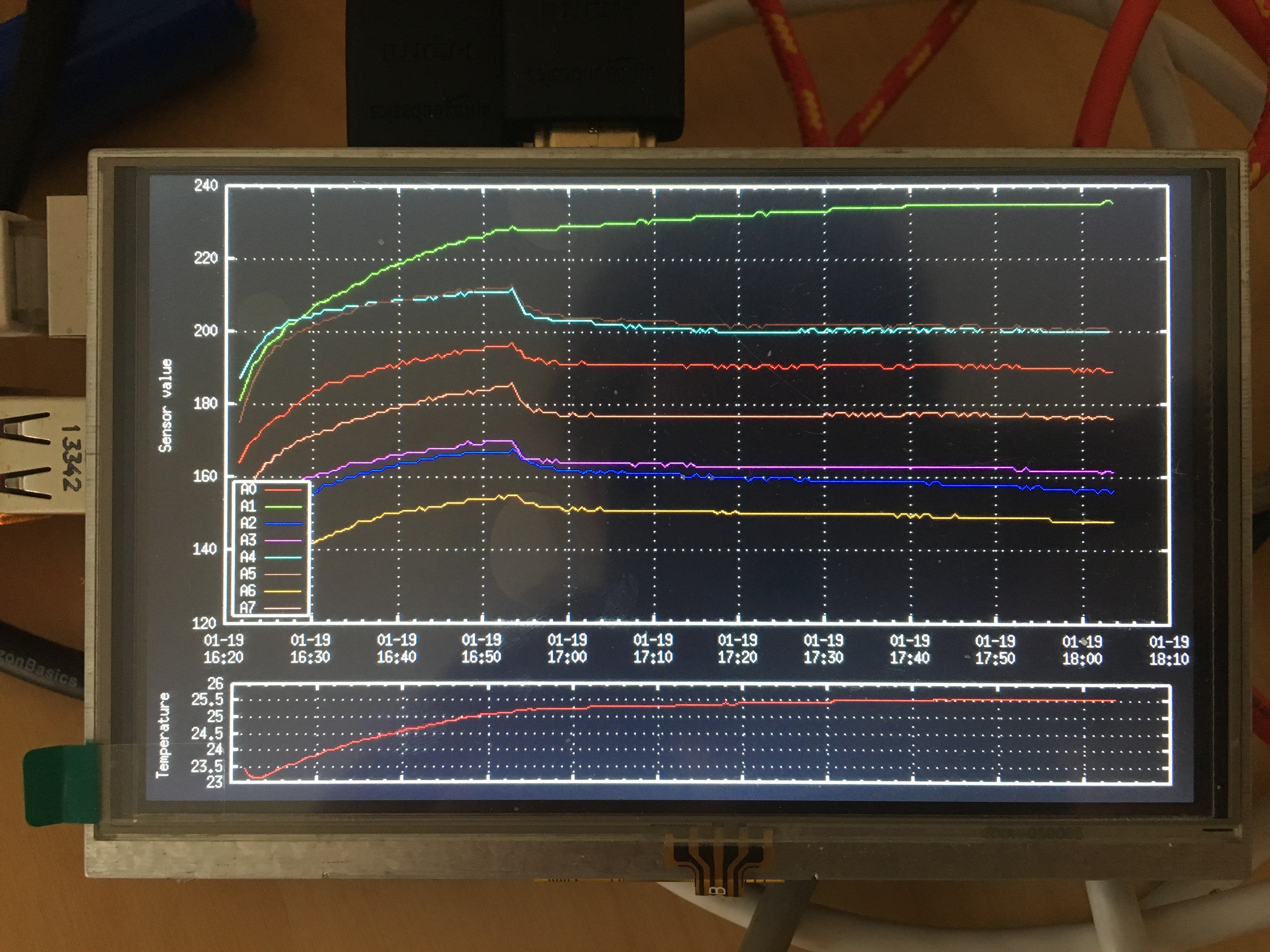


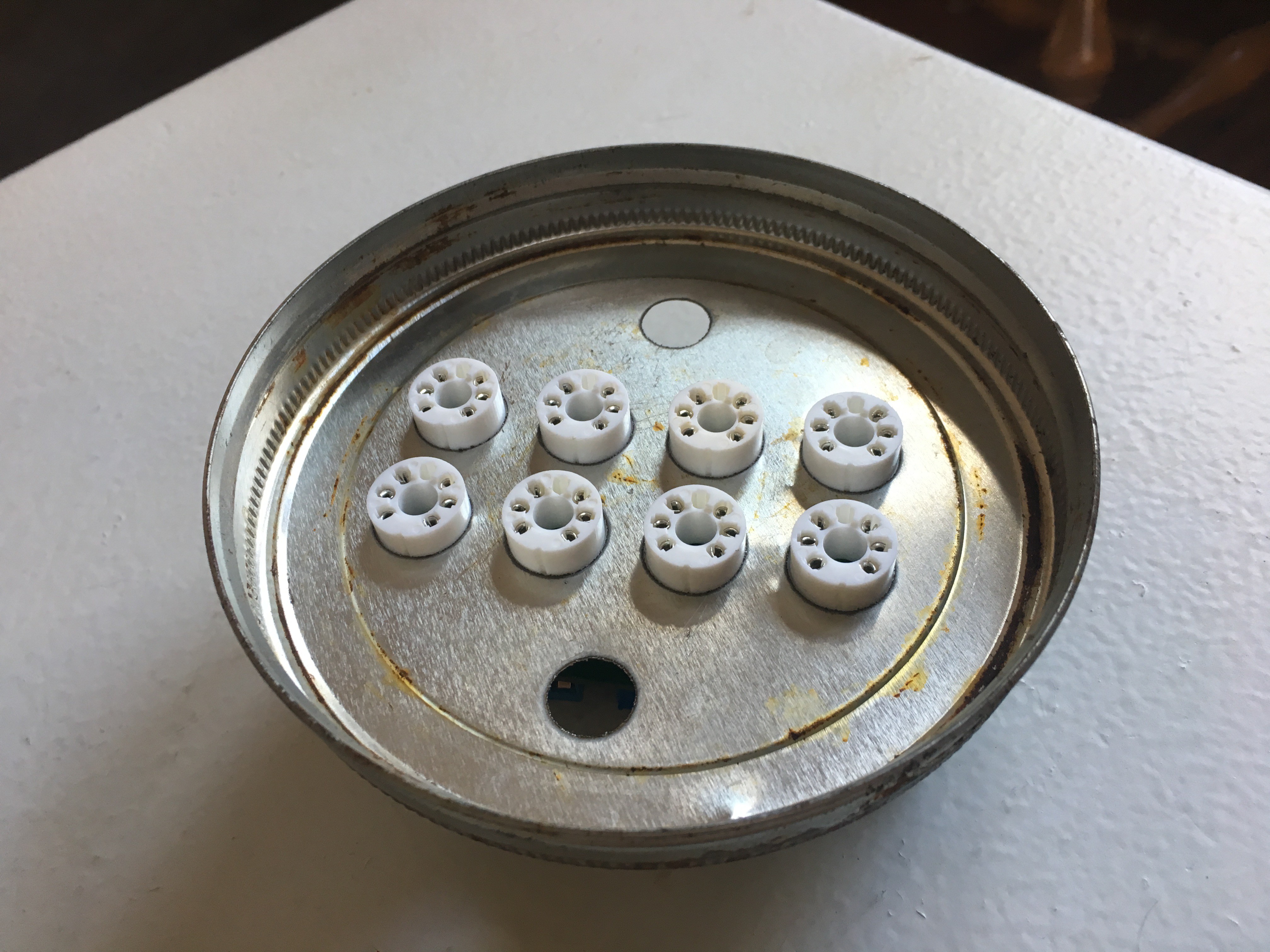
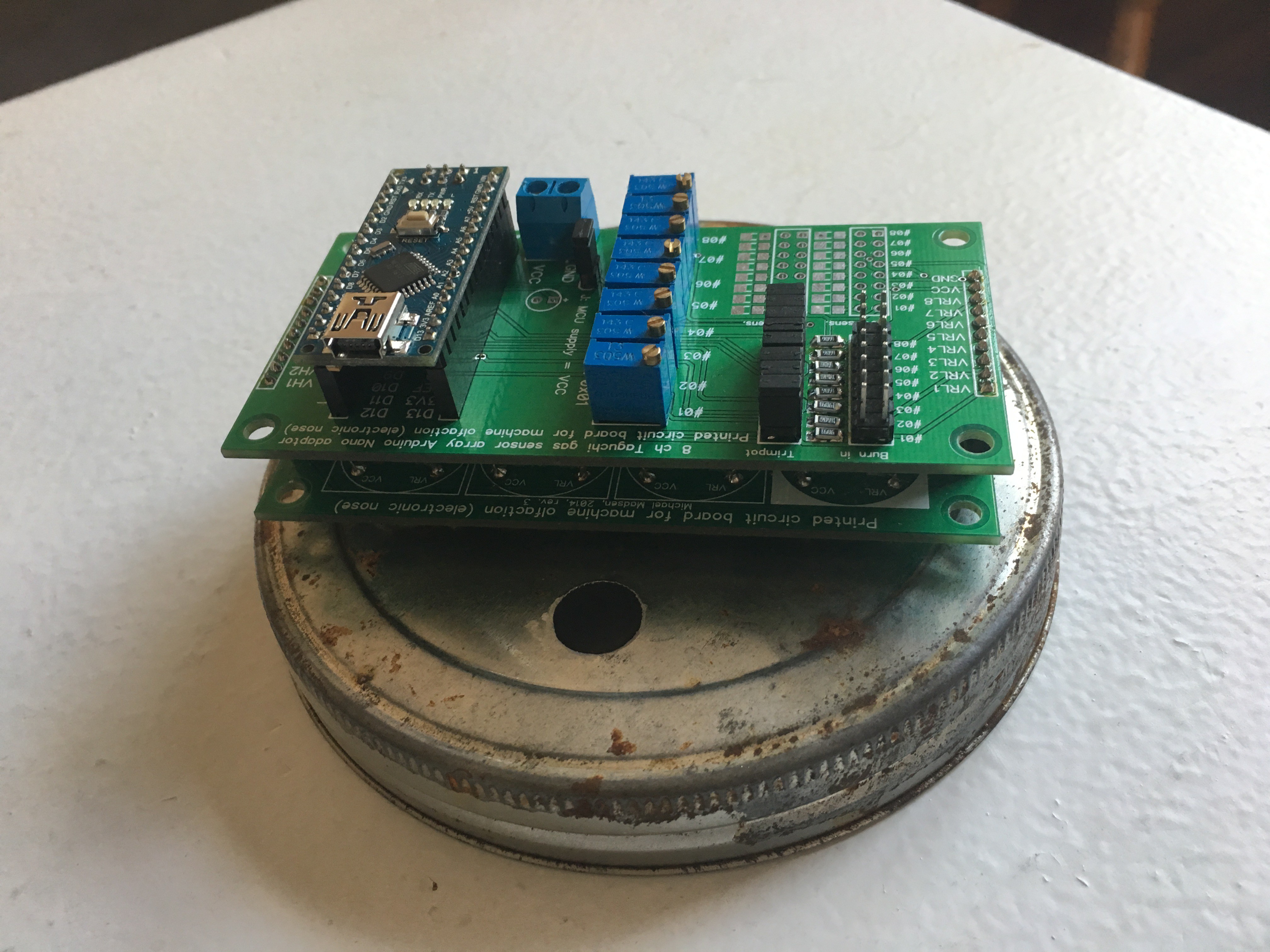
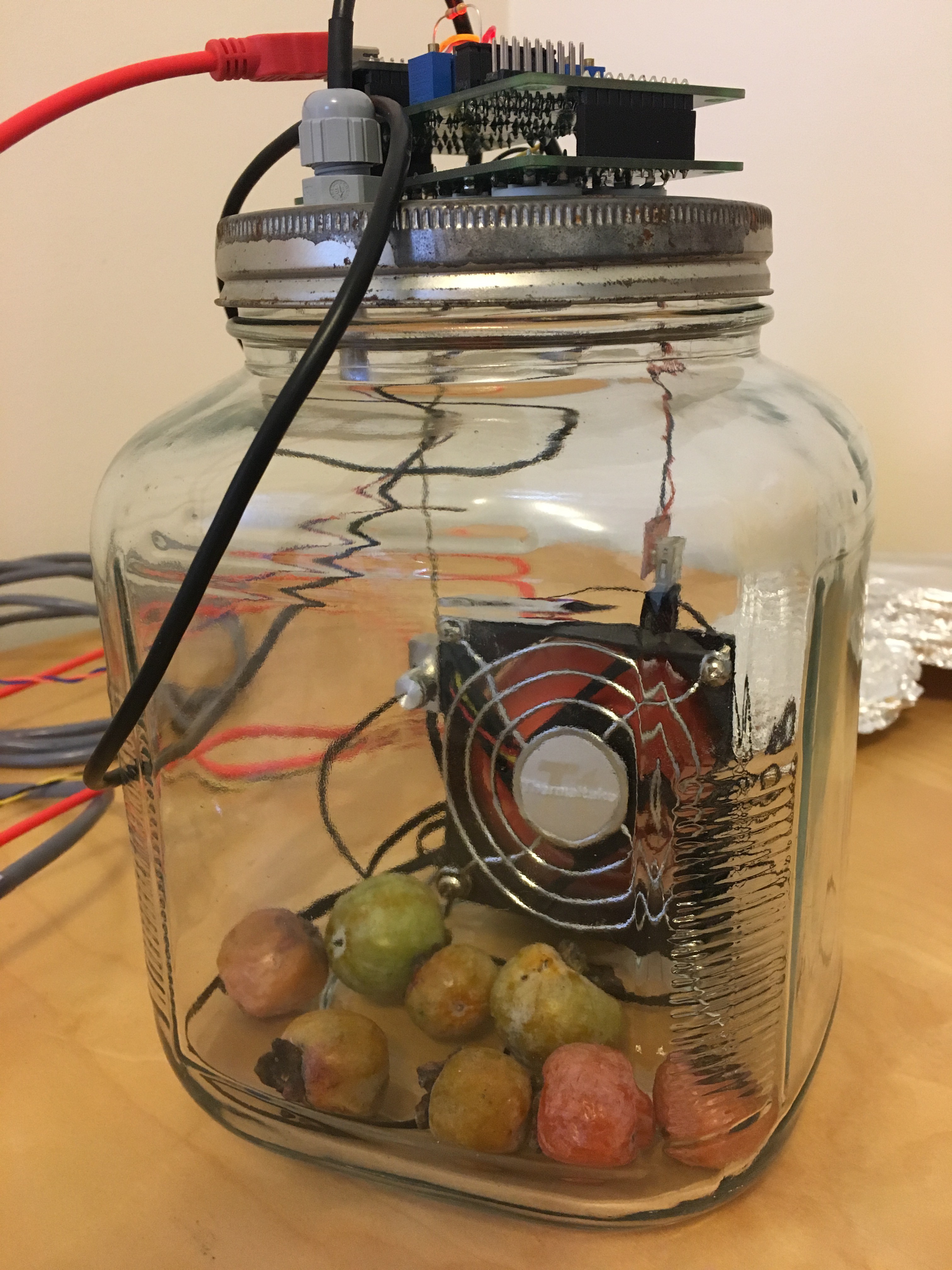

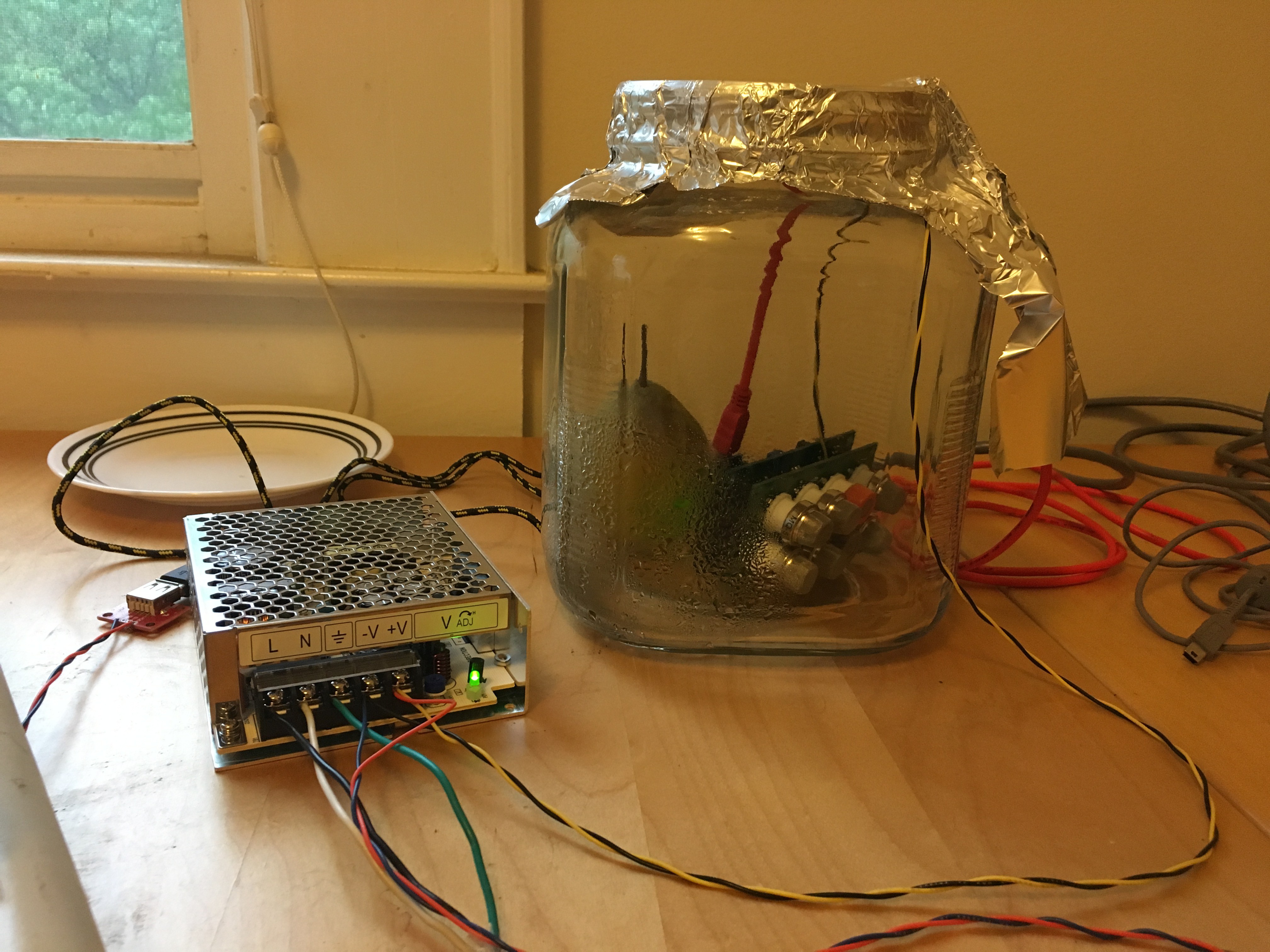
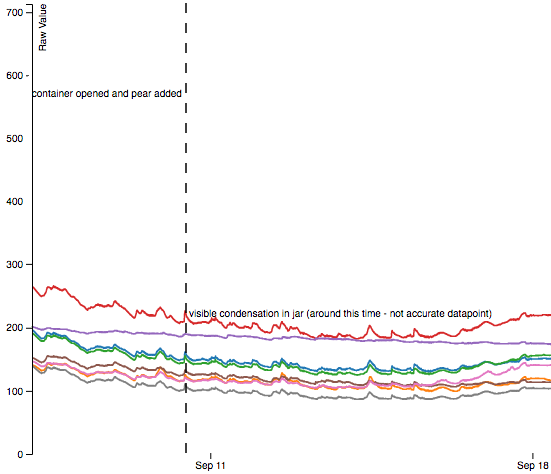





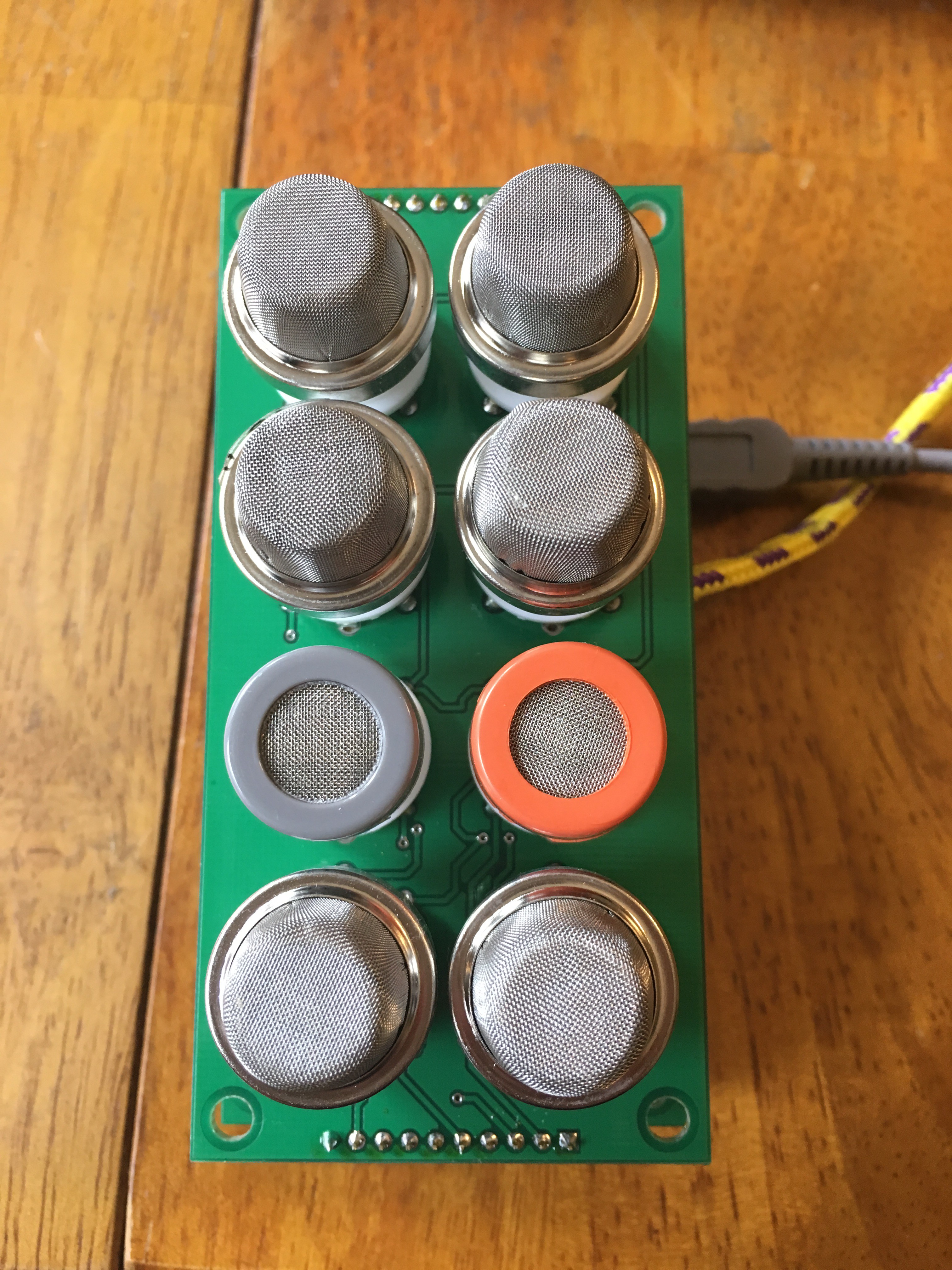

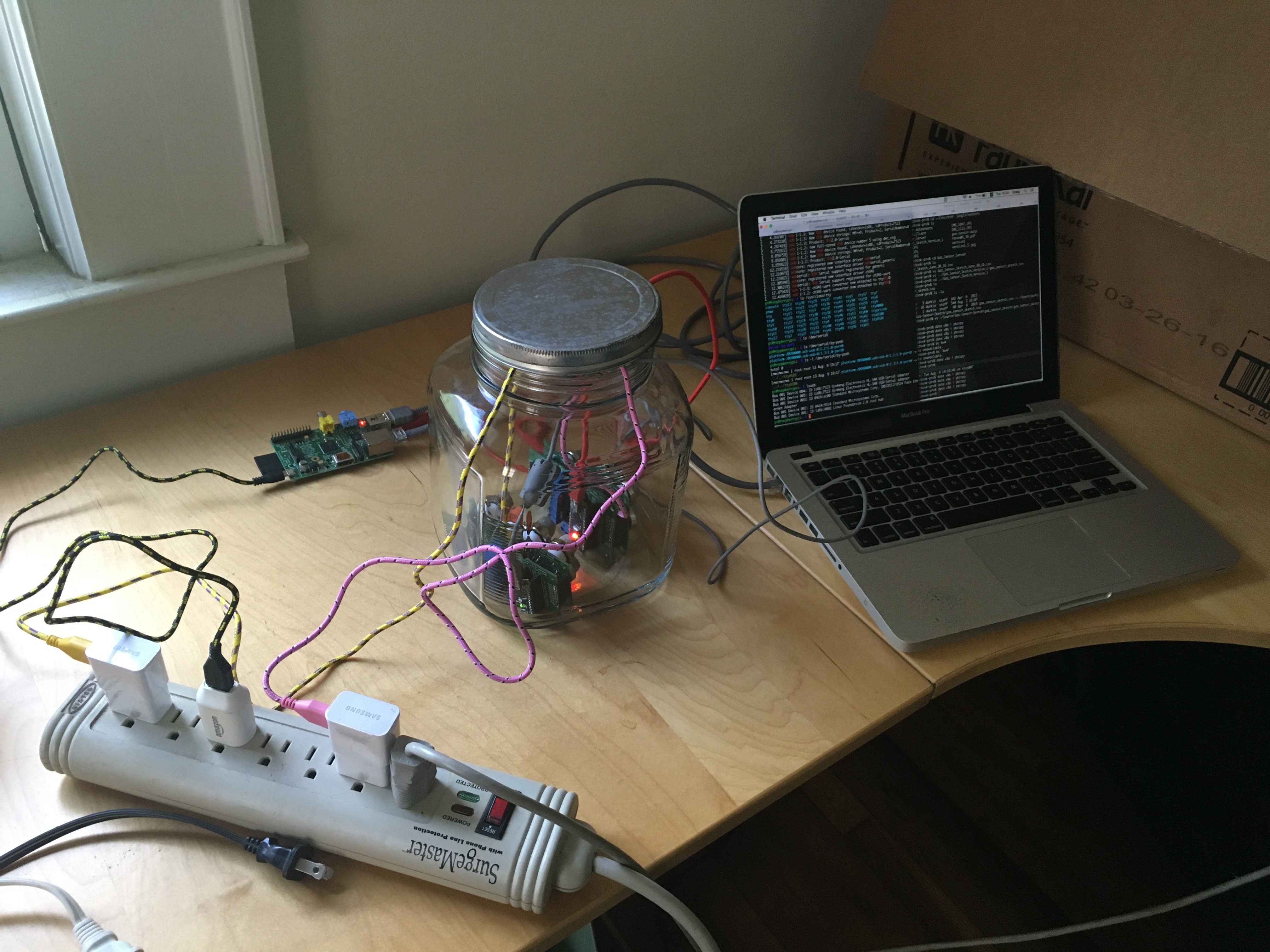

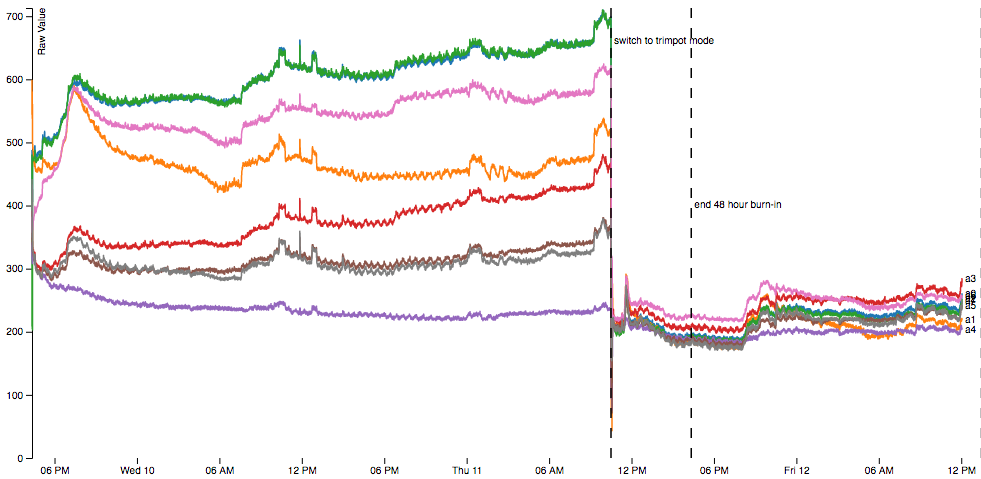
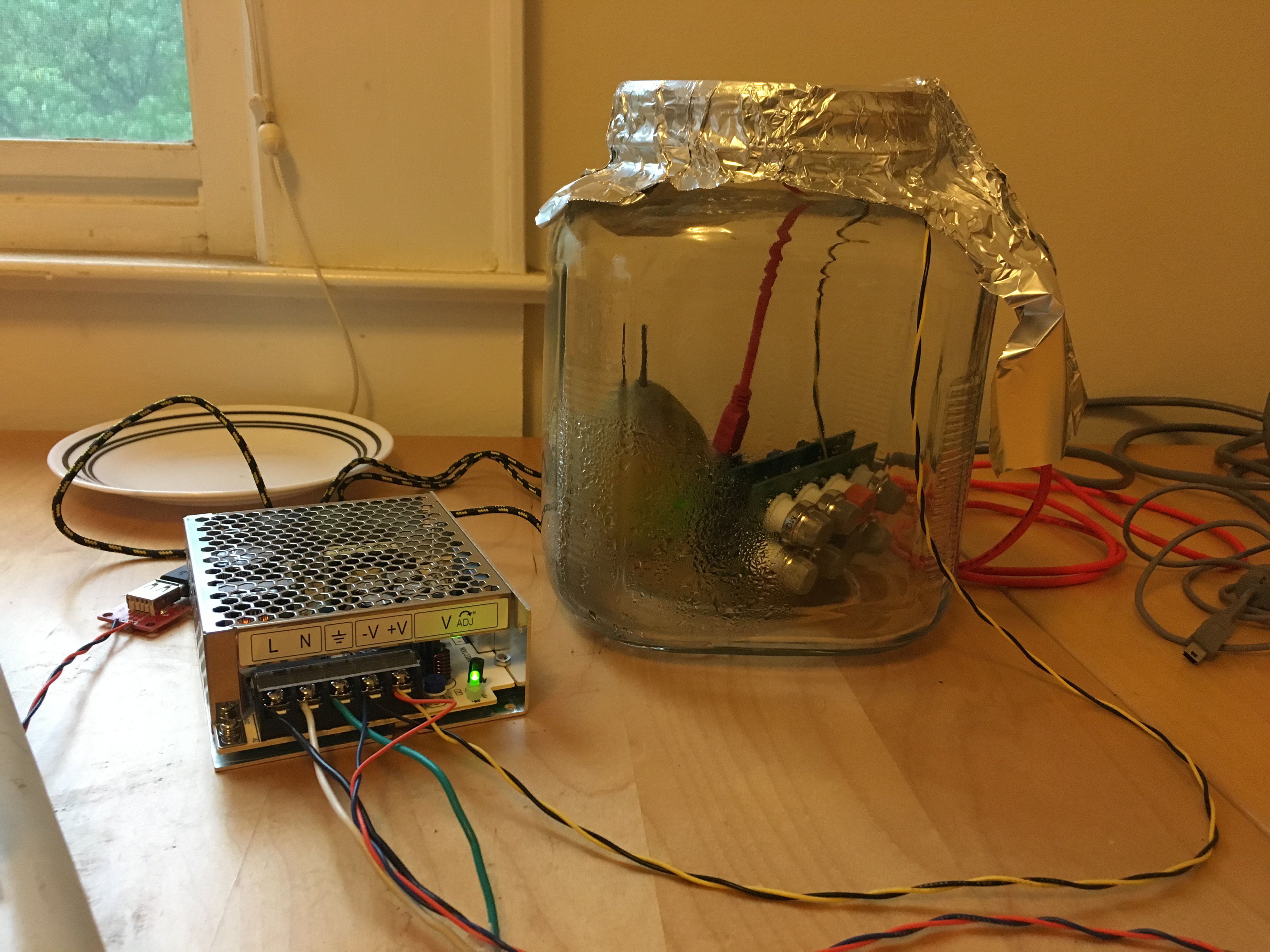
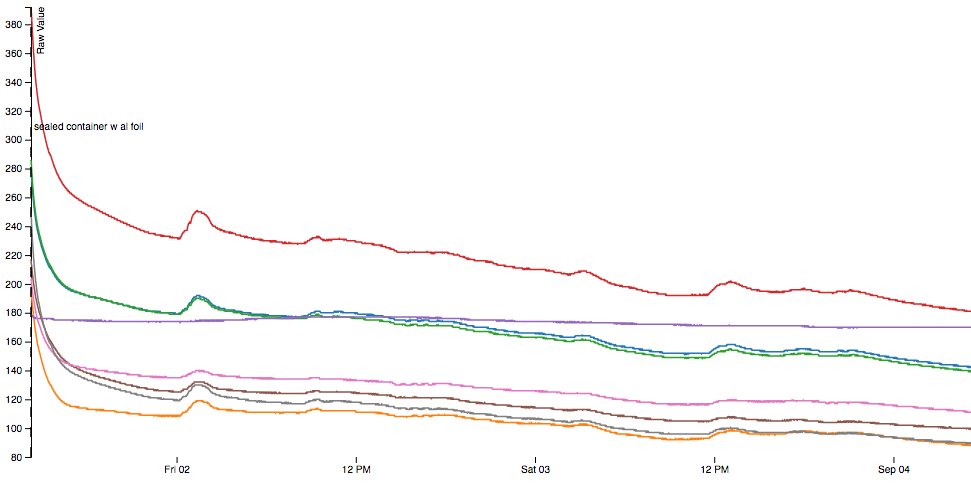
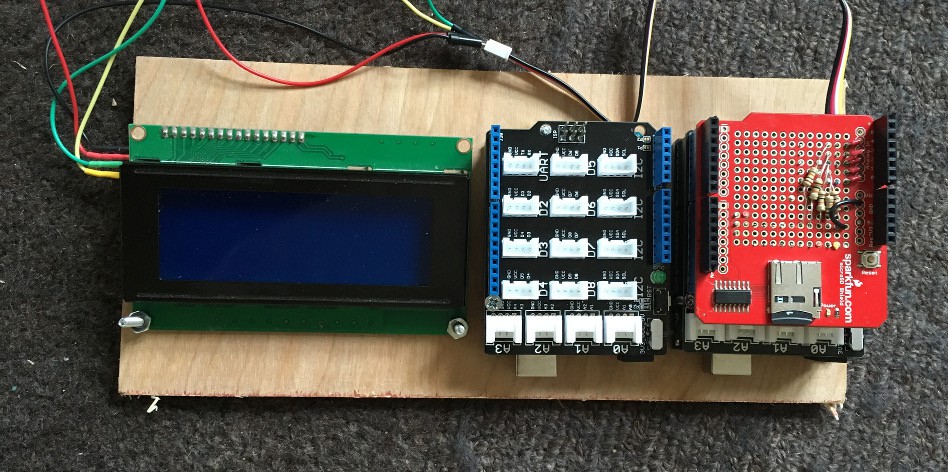
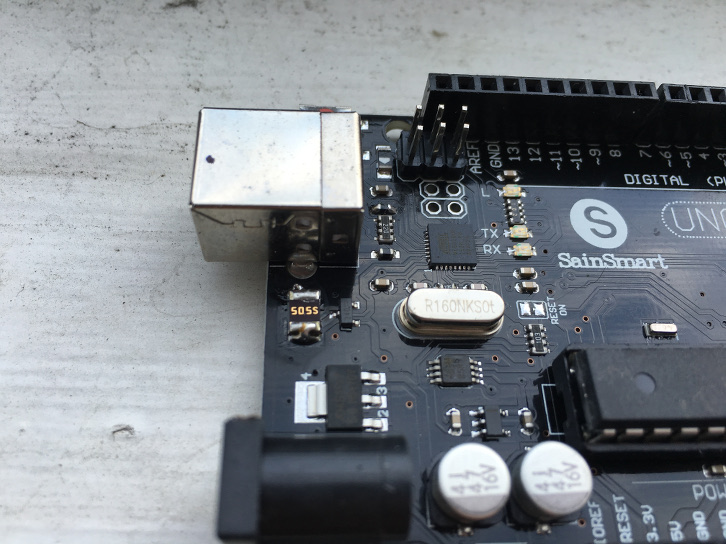
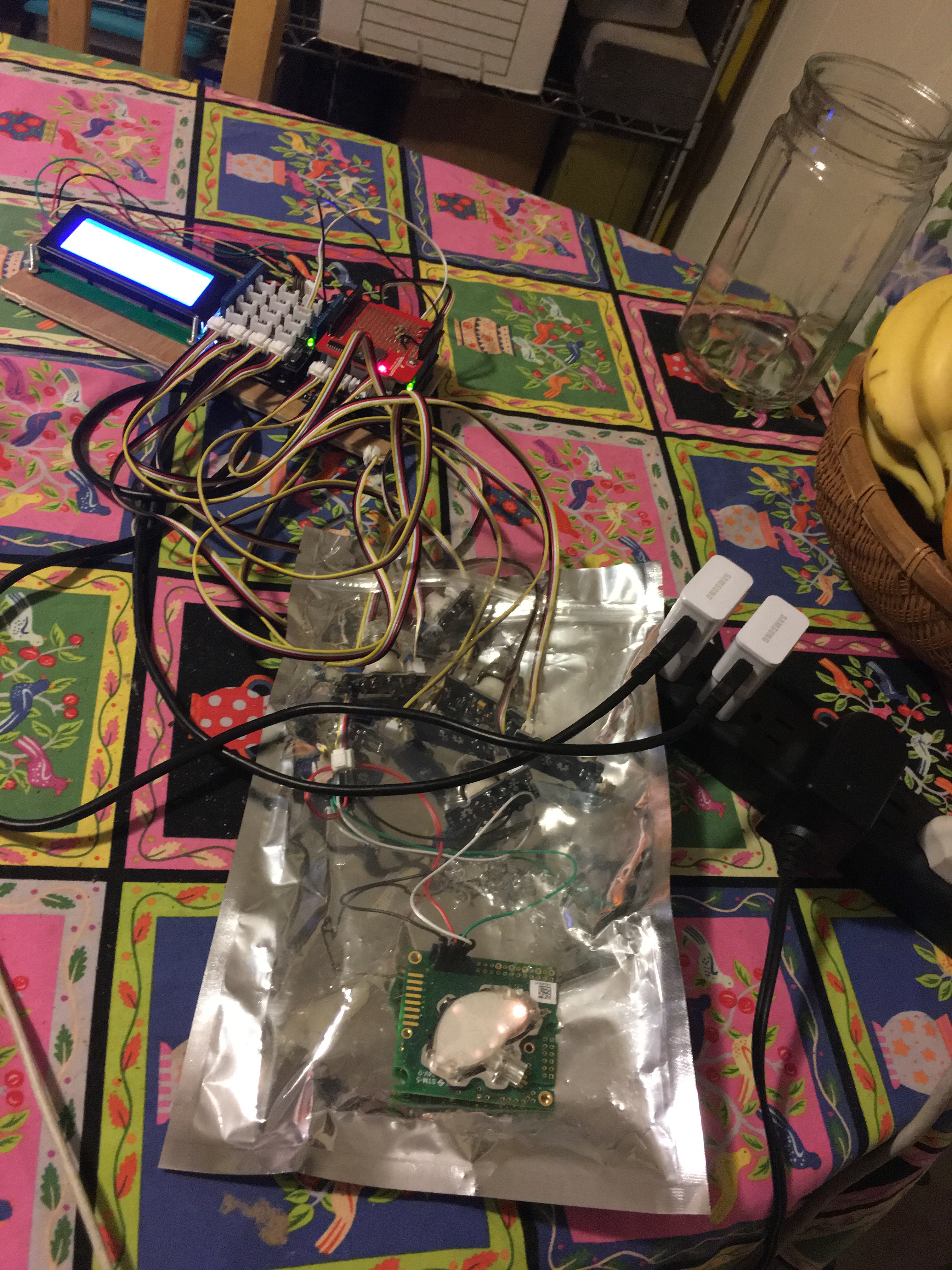
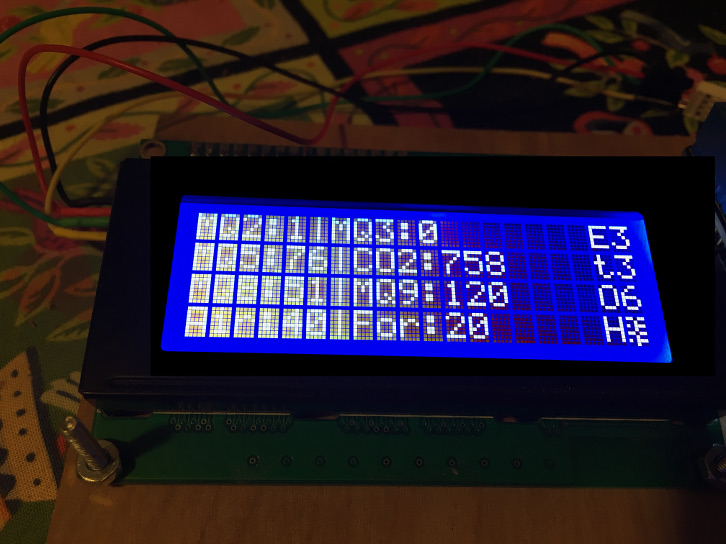
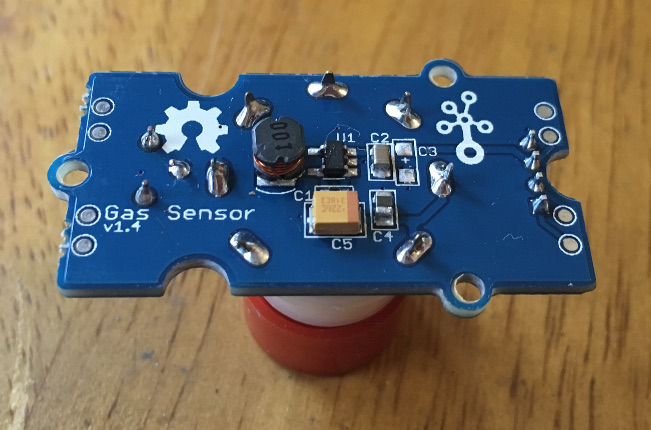 During the course of figuring this out I managed to cause another sensor to short out the Arduino, and it seemed like a matter of time before all the sensors would fail.
During the course of figuring this out I managed to cause another sensor to short out the Arduino, and it seemed like a matter of time before all the sensors would fail.
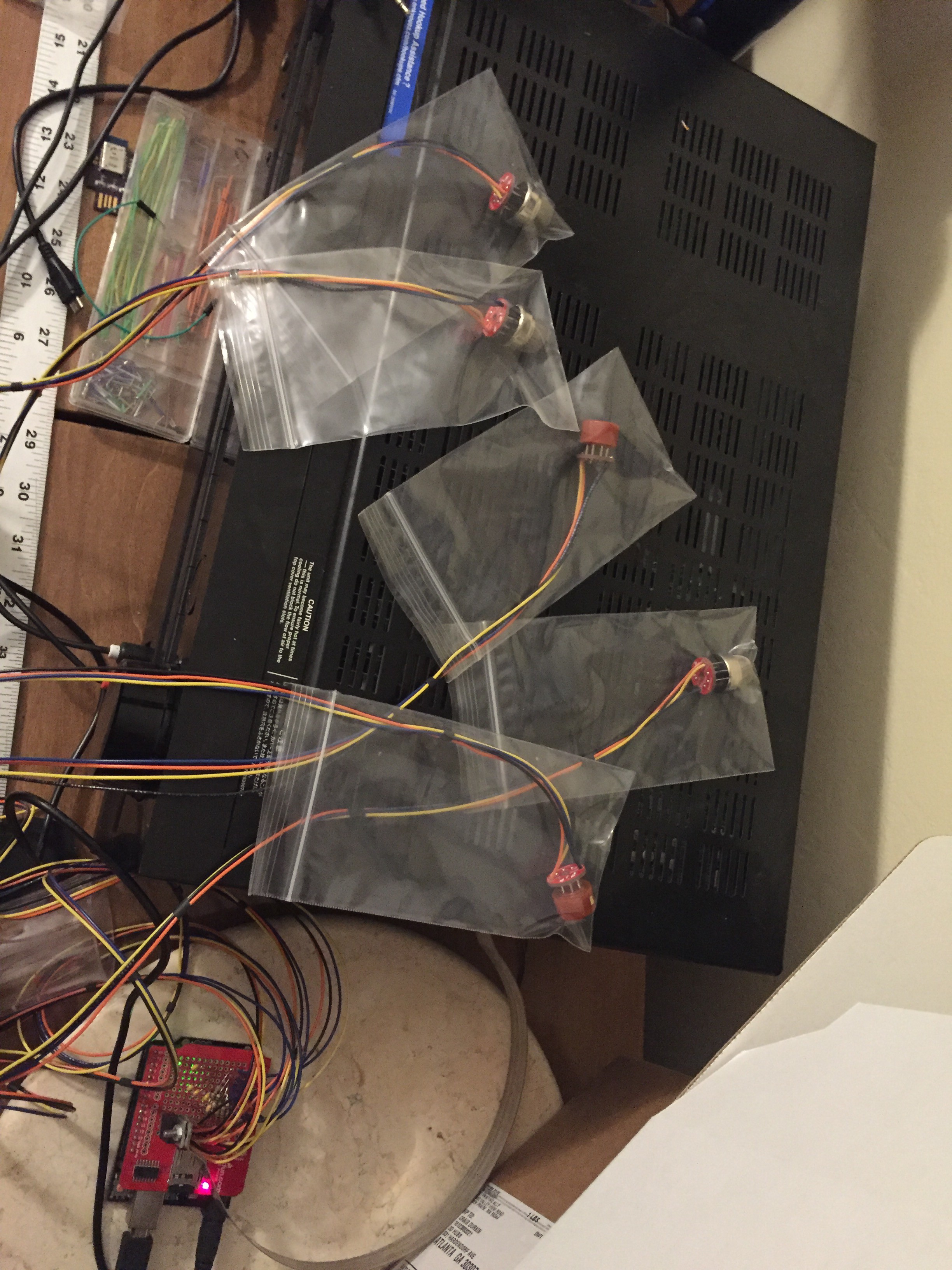
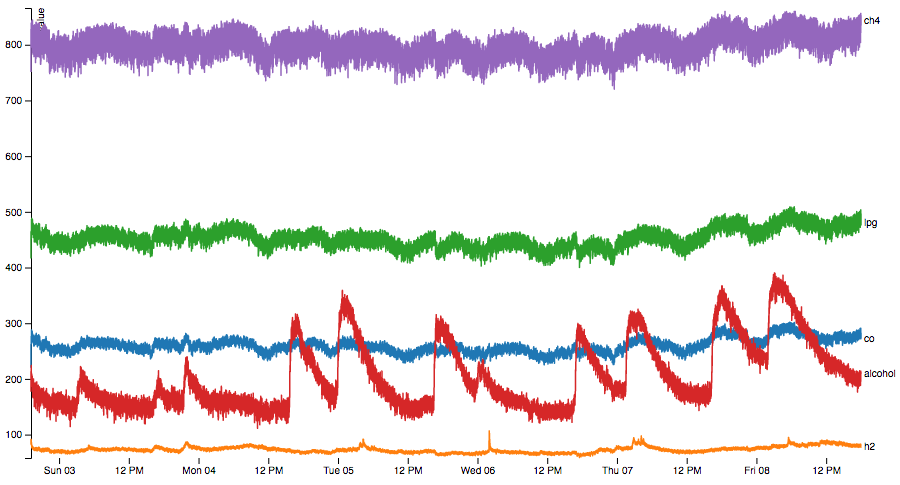
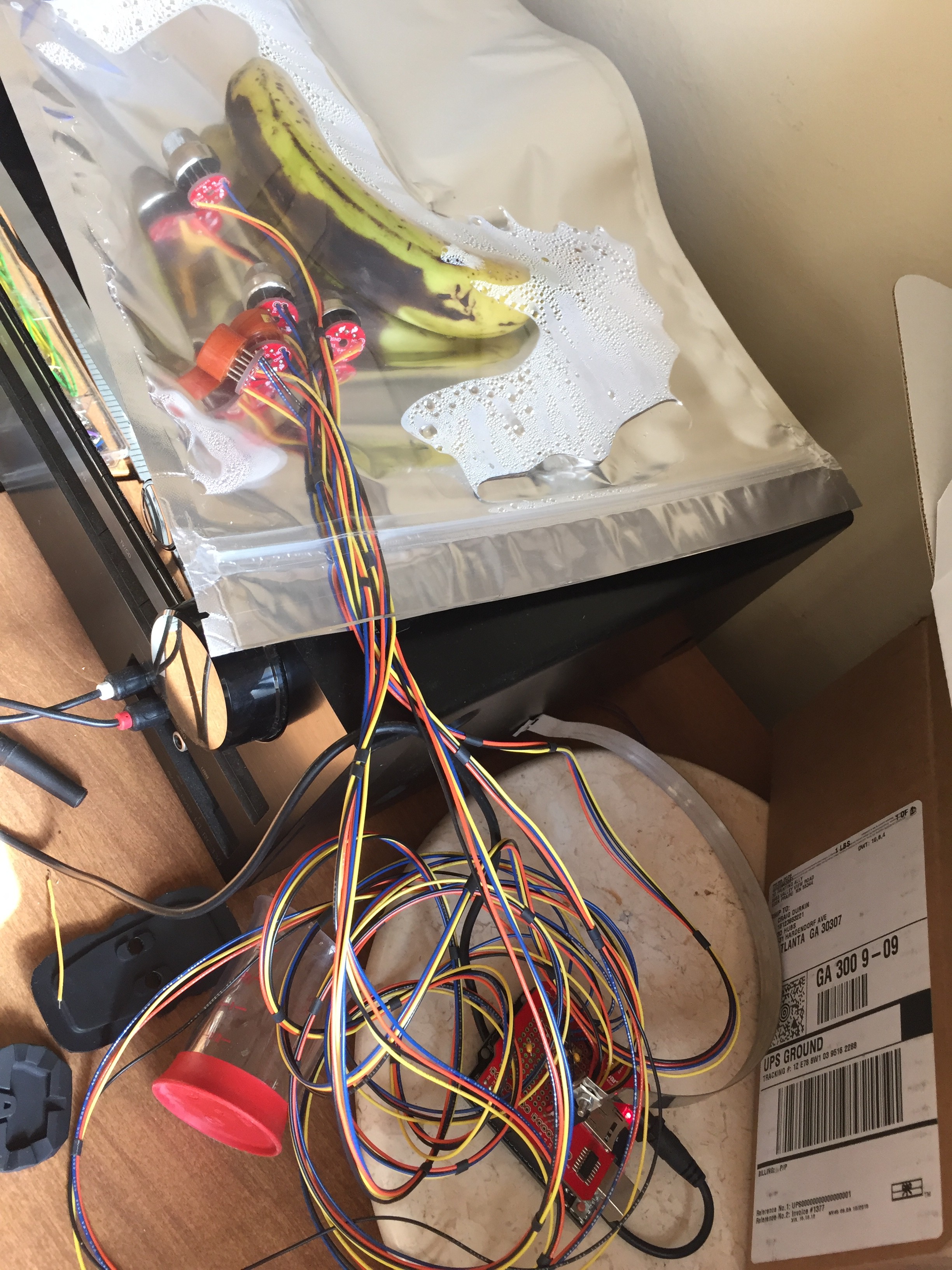
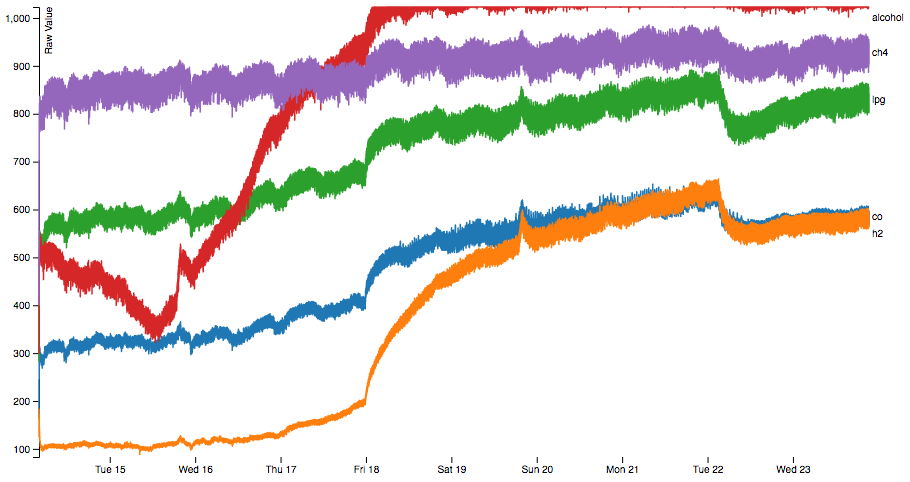
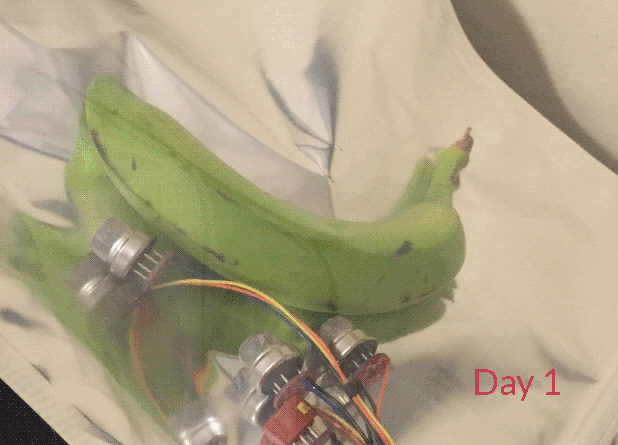
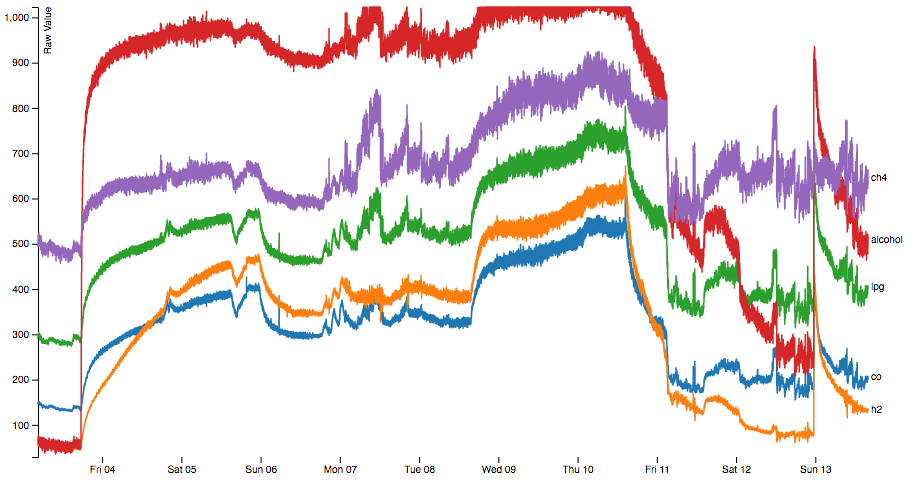








 Kacper
Kacper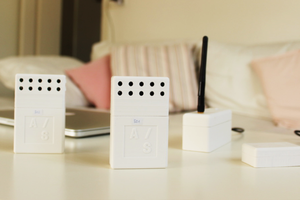
 Mario Frei
Mario Frei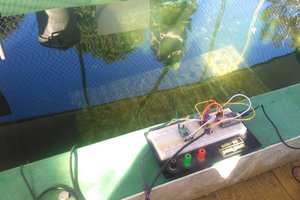
 Brian Wharton
Brian Wharton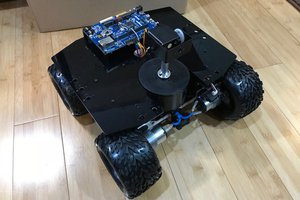
what a wonderful article that you shared this projects is looking like an osam piece of art i am very glad to see that i am also working on the same project you can see here https://fragrancesea.com/versace-mens-colognes/